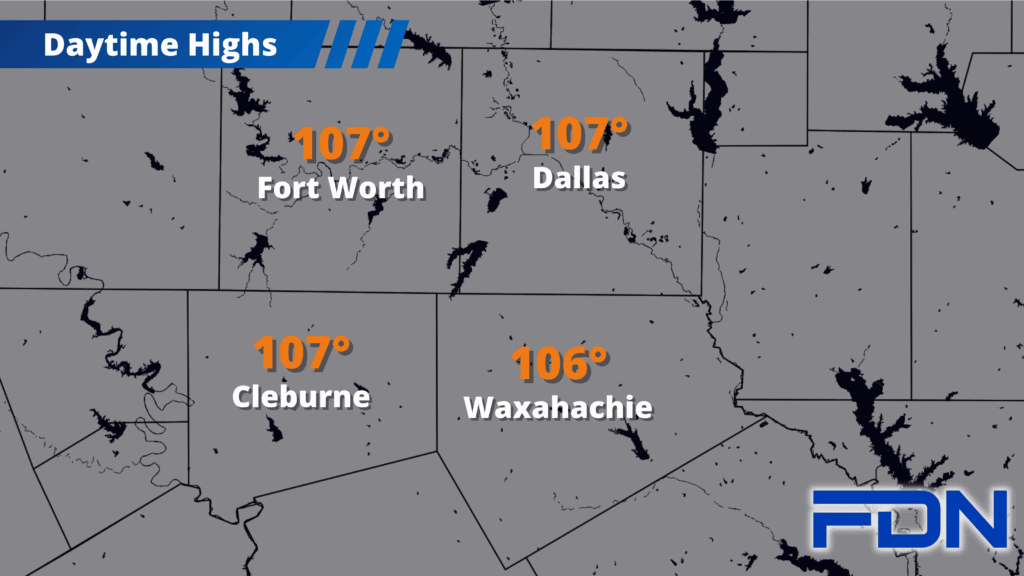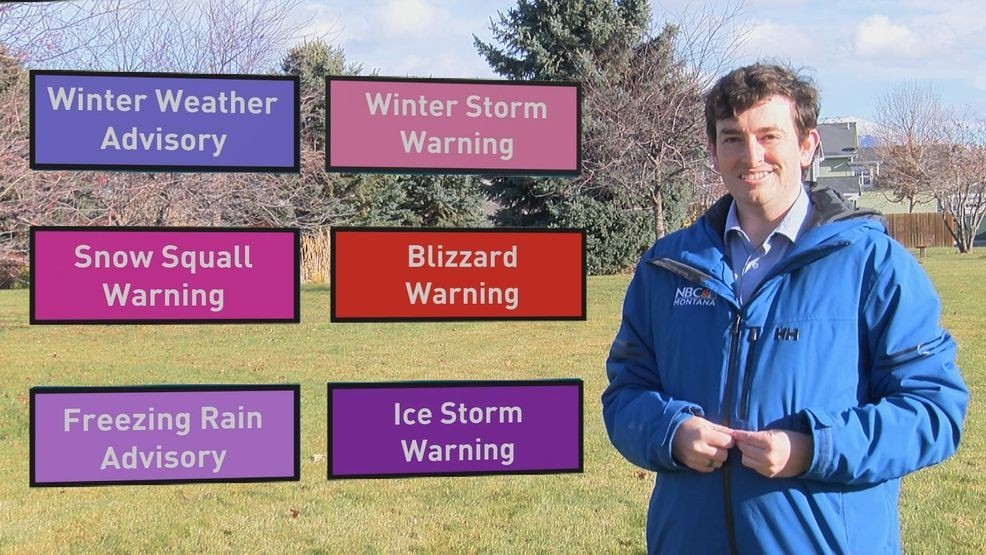Why You Don't Always See Excessive Heat Warnings In The Forecast

Table of Contents
The Complexities of Forecasting Extreme Heat
Forecasting extreme heat is significantly more challenging than predicting other weather events like rain or snow. While predicting rainfall often involves tracking identifiable weather systems, heat is a more localized and nuanced phenomenon. Several factors contribute to this complexity:
- Localized Nature of Heat: Temperatures can fluctuate drastically over short distances. A few blocks can mean the difference between a comfortable temperature and dangerous heat. This makes pinpointing areas needing excessive heat warnings difficult.
- Urban Heat Islands: Cities create "heat islands," areas significantly warmer than surrounding rural regions due to concrete and asphalt absorbing and radiating heat. These microclimates make accurate forecasting even more challenging and require hyperlocal weather data.
- The Heat Index Factor: The heat index, a measure combining temperature and humidity, is crucial for assessing the actual risk posed by heat. Calculating the heat index accurately requires factoring in wind speed and sun angle, increasing the complexity of the forecast.
- Model Limitations: While predictive models are constantly improving, they still struggle to capture the fine-grained variations in temperature and humidity that contribute to localized extreme heat. This means forecasts can sometimes miss pockets of extreme heat or slightly misjudge the intensity.
Thresholds and Criteria for Issuing Excessive Heat Warnings
Meteorological agencies use specific criteria to issue excessive heat warnings, heat advisories, and heat watches. These aren't arbitrary; they’re based on:
- Temperature Thresholds: These vary based on region, historical data, and the typical climate. A temperature that triggers a warning in one area might only warrant an advisory in another. The thresholds often consider the heat index rather than just air temperature.
- Heat Index Values: The heat index, combining temperature and humidity, provides a more accurate picture of the risk. Higher heat index values trigger higher-level warnings, like excessive heat warnings.
- Vulnerable Populations: Warnings focus on protecting the most vulnerable—the elderly, infants, people with chronic illnesses, and those without access to cooling—not simply exceeding average temperatures.
- Warning Levels: The system typically includes advisories (be aware of potential heat), watches (conditions are favorable for excessive heat), and warnings (dangerous heat is imminent). The specific level reflects the severity and urgency of the situation.
The Role of Human Factors in Warning Delays
While technology plays a vital role, the human element is crucial in the process of issuing excessive heat warnings. Delays can sometimes arise from:
- Data Analysis: Meteorologists need time to thoroughly analyze weather data, considering multiple factors before making informed decisions about issuing warnings. Rushing the process could lead to inaccurate or ineffective warnings.
- Inter-Agency Coordination: Effective communication and collaboration between different agencies and levels of government are vital for timely and consistent warning dissemination. Delays can occur due to bureaucratic hurdles or miscommunication.
- Resource Constraints: Limitations in staffing, funding, and technological resources within weather services can sometimes impact the speed and efficiency of warning issuance.
Communicating Excessive Heat Warnings Effectively
Getting the right information to the right people at the right time is crucial. However, effective communication faces several challenges:
- Reaching Diverse Populations: Ensuring that warnings reach everyone, regardless of language, socioeconomic status, or access to technology, is paramount.
- Clear and Concise Messaging: Warnings need to be simple, easy to understand, and provide clear guidance on necessary precautions. Technical jargon should be avoided.
- Multi-Channel Dissemination: Using multiple channels—social media, weather apps, traditional media, and community outreach—is essential to maximize reach.
- Reaching Vulnerable Groups: Specific efforts are needed to reach vulnerable populations who might be less likely to access warnings or understand their significance.
Conclusion: Understanding the Limits of Excessive Heat Warnings
Excessive heat warnings, while essential, are not a perfect system. The complexities of forecasting extreme heat, the established thresholds for issuing warnings, human factors involved in the process, and communication challenges all contribute to why warnings may not always be issued promptly or as frequently as some might expect. However, understanding these limitations doesn't diminish the importance of heat safety. Regularly check your local weather forecast for heat warnings and advisories, and develop personal strategies for staying safe during periods of excessive heat. Be prepared for extreme heat conditions by understanding the risks and taking appropriate measures. Learn more about your area's excessive heat warning system and stay informed to protect yourself and your loved ones.

Featured Posts
-
 Alcaraz Claims Monte Carlo Victory After Musetti Retirement
May 30, 2025
Alcaraz Claims Monte Carlo Victory After Musetti Retirement
May 30, 2025 -
 Improved Heat Alerts From The National Weather Service What You Need To Know
May 30, 2025
Improved Heat Alerts From The National Weather Service What You Need To Know
May 30, 2025 -
 Ticketmaster Reembolso Por Cancelacion Del Festival Axe Ceremonia 2025
May 30, 2025
Ticketmaster Reembolso Por Cancelacion Del Festival Axe Ceremonia 2025
May 30, 2025 -
 Investigative Journalists Targeted The Bolle Jos Drug Trafficking Case In Sierra Leone
May 30, 2025
Investigative Journalists Targeted The Bolle Jos Drug Trafficking Case In Sierra Leone
May 30, 2025 -
 San Diego Airport Ground Stop Your Rights And Options
May 30, 2025
San Diego Airport Ground Stop Your Rights And Options
May 30, 2025
